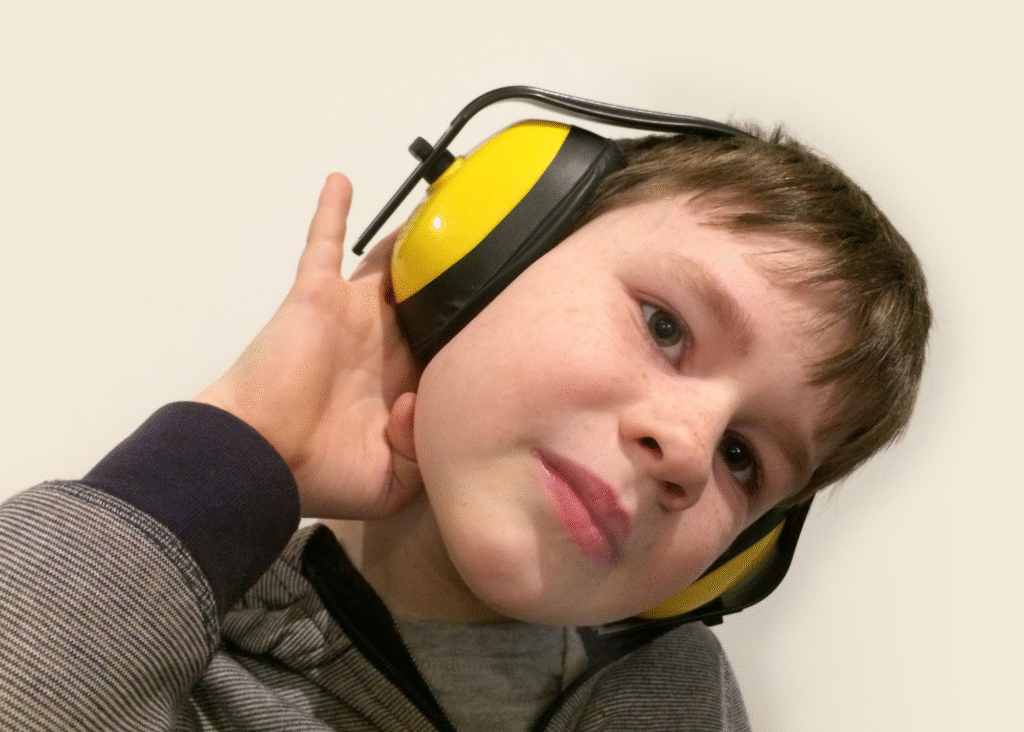Why Diagnoses Are Rising and What It Really Means
In the United States, an estimated 1 in 31 children aged 8 years has been identified with Autism Spectrum Disorder according to estimates from the Center for Disease Control and Prevention’s Autism and Developmental Disabilities Monitoring Network. That number is noticeably higher than it was a couple decades ago. This rise in diagnoses has led to a mix of reactions – curiosity, concern, confusion, and unfortunately, some persistent myths.
It’s easy to look at the growing numbers and assume there’s some kind of sudden surge in autism itself. But the truth is far more nuanced – and much more hopeful. Increased diagnoses does not mean there’s “more autism” than there used to be; they reflect shifts in awareness, access, and understanding.
It takes understanding and research with an open mind to unpack the real reasons behind the rise in autism diagnoses and take a closer look at what the statistics actually reveal about our evolving relationship with neurodiversity.
 A Brief History of Autism
A Brief History of Autism
Autism might feel like a “modern” diagnosis, but it’s been around a lot longer than most people think.
The term “autism” was first used in the early 20th century, but it wasn’t formally defined until 1943. Leo Kanner published a paper describing 11 patients who were focused on or obsessed with objects and had a “resistance to (unexpected) change.” He later named this condition “infantile autism.”
In 1944 Hans Asperger published a definition of “autistic psychopathy.” Asperger identified four boys with a pattern of behavior and abilities. He noticed that some children were able to use their special talents in adulthood and had successful careers. His work was largely unknown in the English-speaking world until the 1980s, when British researcher Lorna Wing popularized the term “Asperger Syndrome” based on his research.
For a long time, autism was thought of as a very rare and typically associated with profound disability. When the first edition of the DSM was written in 1952, the word “autism” only appeared once in the whole document. In 1968, the second edition of the DSM came out. Autism was described as a form of schizophrenia that presented in childhood. Many commonly blamed unemotional and cold mothers for the development of the disorder in children. This misperception continued through the majority of the 1960s and 1970s. Many were institutionalized resulting in a lack of awareness by the general public.
It wasn’t until the 1980s and 1990s that our definition of autism began to shift. The DSM III listed specific criteria that were requirements for an autism diagnosis for the first time. Shifts in the requirements with that diagnostic criteria over the 80s and early 90s saw a change in the conditions prevalence (1 in 1,400 in 1987).
In 1994, the DSM IV marked the first edition to categorize autism as a spectrum disorder. This included Asperger’s disorder, childhood disintegrative disorder, and Rett syndrome as “types” of autism. Throughout the 90s and early 2000s, children who exhibited more “mild” forms of autism were now more likely to be diagnosed with the disability.
The release of the DSM V in 2013 included 6 major changes that ultimately many people thought would result in the rates of autism dropping because of the seemingly stricter definition. However with more understanding of autism with those outlined criteria there’s been an increase in diagnoses since 2013.
Autism in Numbers
Autism statistics, while often cited as objective facts, are deeply flawed due to a history of research that largely overlooks the diversity of autistic experiences – particularly those of girls, women, and other marginalized groups. For decades, autism studies were based predominantly on boys, leading to diagnostic criteria that reflect how autism presents in cisgender males. This skewed focus created a narrow view of autism, meaning many girls and gender-diverse people whose traits don’t match the stereotypical male presentation are often missed, misdiagnosed, or diagnosed much later in life.
The rise of the neurodiversity acceptance movement has started to shift the narrative – and with it, the data. As more people advocate for a broader understanding of what autism can look like, especially outside the rigid, male-centric criteria of the past, more individuals are being recognized and diagnosed.
Another important factor driving the rise in autism diagnoses is the gradual reduction in stigma, particularly among parents seeking evaluations for their children. In the past, many parents hesitated to pursue or accept an autism diagnosis due to fear of labeling, social judgment, or concerns about how their child would be treated in school and society. Autism was often framed as a deficit or tragedy, leading families to avoid the diagnosis entirely – even when they knew something was different.
What Rising Diagnoses Don’t Mean
Let’s clear up a few misconceptions while we’re here:
- Autism is not a new phenomenon. We are not seeing a sudden “epidemic.” Autistic people have always existed – we’re just getting better at noticing and understanding.
- Vaccines are not the cause. This harmful myth has been debunked over and over again. The study that originally sparked the vaccine panic was fraudulent and has been thoroughly discredited.
- More diagnoses does not mean overdiagnosis. If anything, many people- especially in marginalized groups- are still going undiagnosed or misdiagnosed.
 Diagnosis Gaps and Intersectional Barriers
Diagnosis Gaps and Intersectional Barriers
Even with all the progress we’ve made, access to diagnosis still isn’t equal. Girls and AFAB (assigned female at birth) individuals are often overlooked. Their traits can show up differently from the more “classic” autism presentation – or they learn to mask them so well that the signs go unnoticed.
People of color, immigrants, and those from low-income backgrounds face additional hurdles. Systemic bias, language barriers, and disparities in healthcare mean they’re more likely to be underdiagnosed-or diagnosed much later in life.
Autistic adults, especially older generations, grew up in a time when autism wasn’t widely recognized or understood. Many were misdiagnosed with other conditions – or never diagnosed at all.
Yes, diagnosis rates are rising – but there are still huge gaps in who gets seen, who gets counted, and who gets support.
What These Numbers Mean for the Future
On one hand, it’s absolutely okay to feel overwhelmed or unsure when you hear how many people are being diagnosed with autism today. But here’s another way to look at it:
- More diagnoses = more people getting the support they need.
- More visibility = more understanding and less stigma.
- More data = more opportunities to build an inclusive world.
Autistic people aren’t broken or defective— the sooner we stop asking, “Why are there so many now?” and start asking, “How can we better support and celebrate neurodivergence?” the better off we’ll all be.


